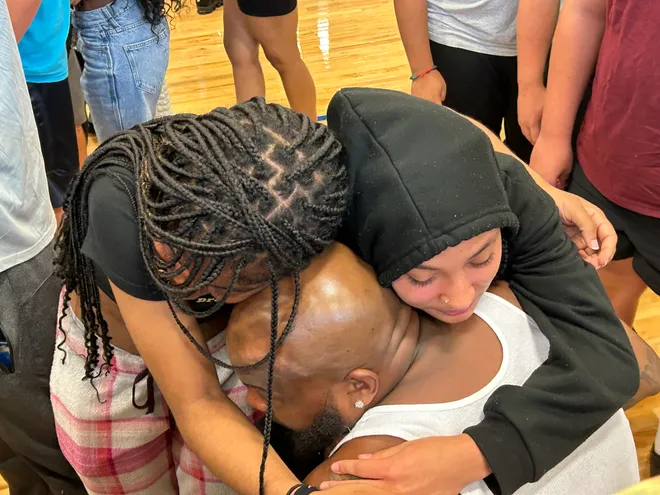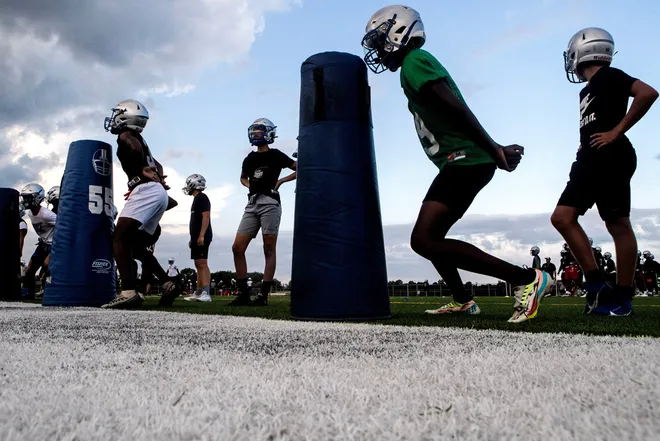On a sweltering afternoon in Hopewell, Virginia, 15-year-old Jayvion Taylor collapsed during football practice as temperatures soared to nearly 90 degrees. With the heat index making it feel even hotter, Taylor had just taken a water break after about 40 minutes of light drills, which were supposedly following standard safety protocols, according to Hopewell City Public Schools.

Coaches rushed to Taylor’s side as he sweated profusely and remained unresponsive, attempting to revive him and dousing him with cold water while a 911 caller reported the situation. “They’re still thinking he’s got a heat stroke,” the caller explained.
Despite the urgent efforts, Taylor died shortly after emergency medical services transported him to a local hospital. While the official cause of death has not yet been released, his mother, Alicia Trotter, a nurse, believes the heat played a significant role. She expressed concern over the absence of an athletic trainer—an essential professional trained to handle sports emergencies.
Although the team had been training since June, the contract for the athletic trainer was not set to begin until August 12, according to the school district. They referred to Taylor’s death as a tragic accident, asserting that the staff present acted appropriately.
“You would think that if there’s no trainer, the coaches would know what to do in case of an emergency,” Trotter said. “But I really don’t know. I just know I sent him to school, and he didn’t come back home.”
Taylor is among at least eight young student athletes who have died suddenly after outdoor training sessions since August 5. While official causes of death for all of them are still pending, these incidents have reignited concerns over the safety of students practicing sports in extreme heat.

Heat stroke is a leading cause of death for high school athletes, and with rising global temperatures, heat-related fatalities in the U.S. have reached alarming levels. Experts emphasize that implementing simple measures, such as modifying practice schedules according to temperature and requiring cooling equipment on the sidelines, could save lives.
Rebecca Stearns, an athletic trainer and COO at the Korey Stringer Institute—a nonprofit dedicated to preventing sudden deaths in sports—said, “It’s crushing every time a student athlete dies of heatstroke because these life-saving policies are proven to be incredibly effective. It’s tough because you know the next one’s coming. It’s really sad.”